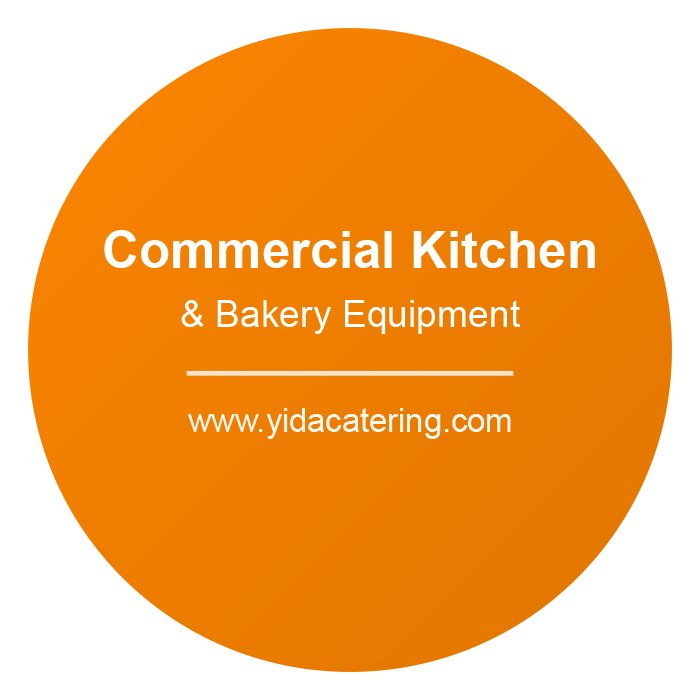In the world of commercial baking, choosing the right oven can significantly impact your product quality, operational efficiency, and ultimately, your bottom line. Two of the most popular choices—convection ovens and deck ovens—each offer distinct advantages for different baking needs. Understanding these differences is crucial for making an informed investment in your business’s future.
How Convection Ovens Work
Convection ovens utilize fans to circulate hot air throughout the baking chamber. This technology creates a uniform cooking environment where heated air constantly moves around the food. The circulating air transfers heat more efficiently to the food’s surface, resulting in:
- Faster cooking times (typically 25-30% faster than conventional ovens)
- More even browning and cooking
- Reduced hot spots within the oven cavity
- Lower cooking temperatures required for similar results
Commercial convection ovens often include multiple racks, allowing bakers to prepare several batches simultaneously—a significant advantage during peak production periods.
Understanding Deck Ovens
Deck ovens, on the other hand, feature a flat baking surface (the “deck”) made of stone, brick, or composite materials. These ovens heat primarily through conduction (direct contact between the food and the hot deck) and radiant heat from the top and bottom heating elements. Key characteristics include:
- Intense bottom heat that creates excellent crust development
- Separate temperature controls for top and bottom heat
- Stable baking environment without forced air movement
- Multiple decks that can operate at different temperatures
The deck material retains heat exceptionally well, providing consistent temperatures throughout extended baking sessions.
Key Differences That Impact Your Baking Results
1. Heat Transfer Method
The fundamental difference between these ovens lies in how they transfer heat to your products:
- Convection ovens: Rely primarily on convection heat transfer (moving air)
- Deck ovens: Utilize conduction (direct contact) and radiation (ambient heat)
This difference significantly affects texture, crust formation, and overall product characteristics.
2. Moisture Retention
Moisture management is crucial for many baked goods:
- Convection ovens tend to create a drier baking environment due to the constant air circulation, which can accelerate moisture evaporation.
- Deck ovens typically maintain more moisture within the baking chamber, benefiting products that require a moist baking environment.
3. Production Capacity and Flexibility
Your production needs should heavily influence your choice:
- Convection ovens excel at high-volume, consistent batch production of items like cookies, pastries, and certain bread types.
- Deck ovens shine with artisanal products that benefit from direct bottom heat, such as pizza, rustic bread, and specialty pastries.
4. Energy Efficiency and Space Considerations
Operational costs matter for any business:
- Convection ovens generally heat up faster and may consume less energy for certain applications.
- Deck ovens typically require longer preheating times but maintain heat well once at temperature.
- Spatial footprint differs, with stackable deck ovens often providing more baking area in a similar floor space.
Which Oven Type Is Right for Your Business?
Consider choosing a convection oven if:
- You produce high volumes of uniform baked goods
- Quick baking times and fast turnover are priorities
- You bake a variety of products requiring frequent temperature changes
- Energy efficiency is a major concern
- You need the versatility to bake, roast, and reheat
A deck oven might be your ideal choice if:
- You specialize in artisanal bread, pizza, or pastries
- Crust development and texture are paramount
- You need independent temperature control for different products
- Your products benefit from bottom heat
- Consistent, stable baking conditions are essential
Many successful bakeries and restaurants ultimately incorporate both oven types to maximize their capabilities and product range.
Maintenance and Longevity Considerations
Commercial ovens represent significant investments, so longevity matters:
Convection ovens have more mechanical components (fans, motors) that may require maintenance or replacement over time. However, their stainless steel construction typically offers excellent durability.
Deck ovens, with fewer moving parts, often boast impressive longevity—sometimes decades of service with proper care. The deck material may need occasional maintenance or replacement depending on usage patterns.
Conclusion: Making Your Decision
The choice between a convection oven and a deck oven ultimately depends on your specific business needs, product offerings, and operational style. By understanding the fundamental differences in how these ovens work and the results they produce, you can make an informed decision that supports your business goals and delights your customers.
Whether you’re launching a new bakery, expanding your production capacity, or replacing aging equipment, take time to evaluate how each oven type aligns with your signature products, workflow, and growth plans.

